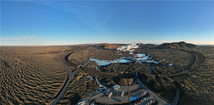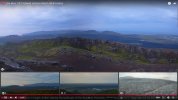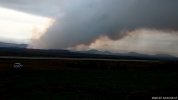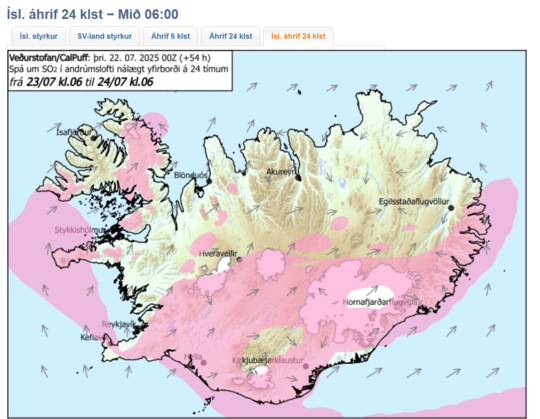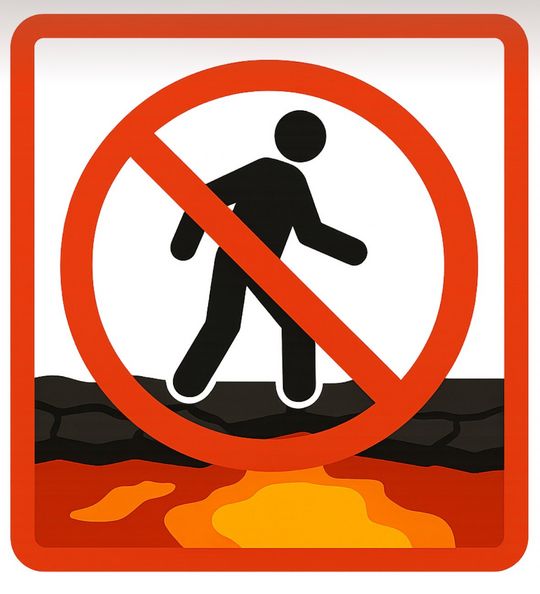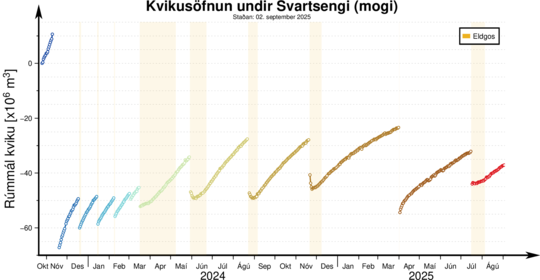- Thread starter
- #641
This isn't Svartsengi related, but it is geographically close and on the same tectonic feature, the Reykjanes Ridge:
X translation:
RUV just did a news update (autotranslated), noting that the swarm continues, with at least 30 out of 400 temblors thus far being over M3. They report that IMO has not yet seen signs of volcanism.
AFAIK, the nearest named submarine volcanic systems are Eldey and the submerged part of the Reykjanes system (which is west of the 2021-to-present eruptions and magmatism at Fagradalsfjall and the Sundhnuk craters).
Ah, the joys of living on a mid-ocean ridge!
X translation:
A swarm of earthquakes began around 9pm JST on May 24th near the northern end of the Reykjanes Ridge, southwest of the Reykjanes Peninsula in Iceland, and the active state continued until 3am JST on the 25th (updates then appear to have stopped until 7am on the 25th).
● As of 3:00 JST on the 25th, the largest earthquake was a M5.1 earthquake measuring 10km at 23:21 JST on May 24th.
● Reykjanes Ridge epicenter distribution map from IMO website M-T Figure for the past 48 hours as of 3:00 JST on May 25 (18:00 UT on May 24)
RUV just did a news update (autotranslated), noting that the swarm continues, with at least 30 out of 400 temblors thus far being over M3. They report that IMO has not yet seen signs of volcanism.
AFAIK, the nearest named submarine volcanic systems are Eldey and the submerged part of the Reykjanes system (which is west of the 2021-to-present eruptions and magmatism at Fagradalsfjall and the Sundhnuk craters).
Ah, the joys of living on a mid-ocean ridge!

